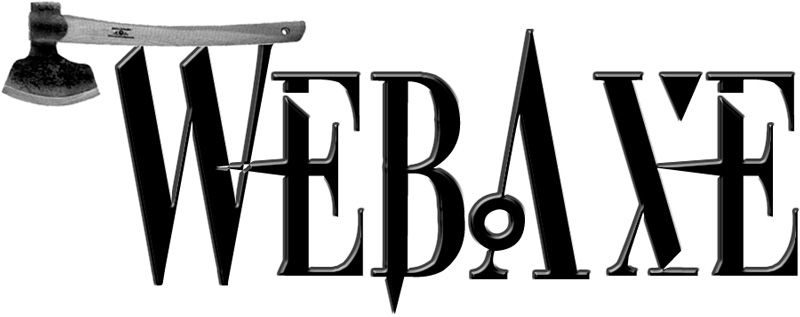Are we entering a Post-Guideline Age for web accessibility? It’s an interesting new argument being made in the article Web Accessibility. Life In the Post-Guideline Age from the E-Access blog.
I believe there is a good case for this:
- Too many different guidelines and laws.
- Too many different technologies are being developed.
- Just because a site passes web accessibility, doesn’t necessarily mean it’s usable (this is what the article focuses on).
Here’s a good excerpt from the article:
I think of this as a pyramid. Web accessibility is the foundation. Usability by disabled people is the next layer. And both of these underpin the ultimate goal: excellent user experiences by disabled people (and everyone).
